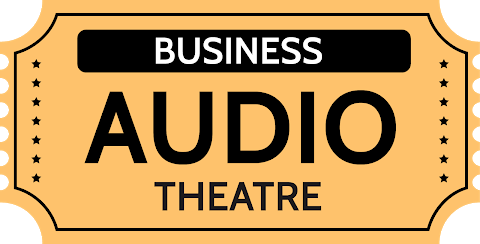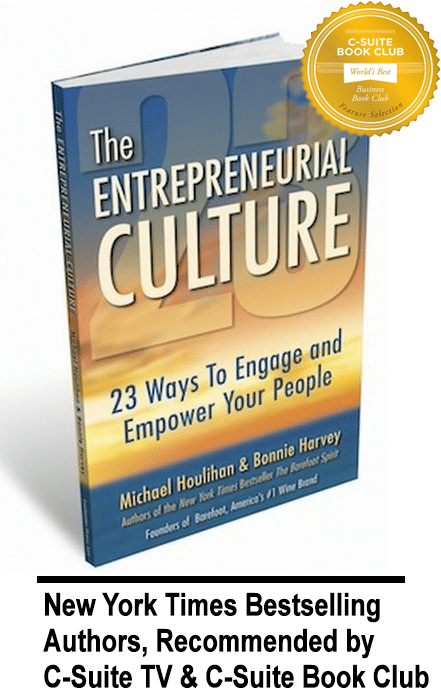
This minimalist approach to orientation can have some counterproductive consequences, especially where judgment, relationships, and potential are involved. When people just know the “whats” and not the “whys” of their job, the company suffers in the long run.
Invest in time during the orientation process and beyond. Make sure new employees understand how the money gets into their paycheck, who the customer is – at every level, and how the process works to provide those customers with goods and services. Show them how your various divisions of labor provide the specialties necessary to your company, and how each person fits in to the big picture. This investment in extensive orientation will pay off handsomely and will save you time, money, and relationships down the road.
The orientation period should extend beyond the initial orientation and continue into the first year. Listen carefully to the questions your new employees ask — not just to the actual questions, but to the assumptions, logic and even preconceived notions behind the questions. They often mask real deep-seated misunderstands the employee may hold about the way things work. We would often get questions that could have been answered by a simple yes or no. Instead, we sometimes spent 15 minutes or more unraveling misconceptions that could lead to future problems. If you listen for the misconceptions between the lines, rather than giving a short answer to the question at hand, you build the kind of understanding that pays off in better decisions, reduced supervision, and improved performance.
When people don’t get a clear answer to their question, or more importantly, the reasoning behind that answer, they tend to make up a plausible explanation that seems logical to them. Then they act on it. If they do this over time with no apparent negative repercussions, it gives them “permission” to believe it’s true, and that’s where the trouble begins. These misconceptions can be ingrained for years until one day you are surprised by unexpected behavior that suddenly costs the company thousands! This is why it’s very import to listen to the logic behind every question, be proactive, and give detailed explanations.
We found that this extensive approach to orientation produced people that actually improved our organization, processes, and relationships. Because our staff had a comprehensive view, they regularly suggested new or better procedures, reorganization, and even entirely new jobs that we didn’t know were necessary, but became pivotal to our success. They often came up with unsolicited solutions to challenges we faced in execution and communication. Our company culture benefited immensely from our people’s understanding of what was really happening and why. It gave them the respect they needed for their co-workers, affiliates, and customers, resulting in solid and productive relations.
So, the next time you hire a new person, spend the time it takes early and often to give him or her a thorough orientation. Don’t stop at the job description, but include your entire business model and how it works to give your customers the goods and services that make everyone’s job possible. When the cement is wet, you can move it with a trowel, but when it gets hard, you’ll need a jackhammer!
Who We Are

Michael Houlihan and Bonnie Harvey co-authored the New York Times bestselling business book, The Barefoot Spirit: How Hardship, Hustle, and Heart Built America’s #1 Wine Brand. The book has been selected as recommended reading in the CEO Library for CEO Forum, the C-Suite Book Club, and numerous university classes on business and entrepreneurship. It chronicles their humble beginnings from the laundry room of a rented Sonoma County farmhouse to the board room of E&J Gallo, who ultimately acquired their brand and engaged them as brand consultants. Barefoot is now the world’s largest wine brand.
Beginning with virtually no money and no wine industry experience, they employed innovative ideas to overcome obstacles, create new markets and forge strategic alliances. They pioneered Worthy Cause Marketing and performance-based compensation. They built an internationally bestselling brand and received their industry’s “Hot Brand” award for several consecutive years.
They offer their Guiding Principles for Success (GPS) to help entrepreneurs become successful. Their book, The Entrepreneurial Culture: 23 Ways To Engage and Empower Your People, helps corporations maximize the value of their human resources.
Currently they travel the world leading workshops, trainings, & keynoting at business schools, corporations, conferences. They are regular media guests and contributors to international publications and professional journals. They are C-Suite Network Advisors & Contributing Editors. Visit their popular brand building site at www.consumerbrandbuilders.com.
To make inquiries for keynote speaking, trainings or consulting, please contact sales@thebarefootspirit.com.







